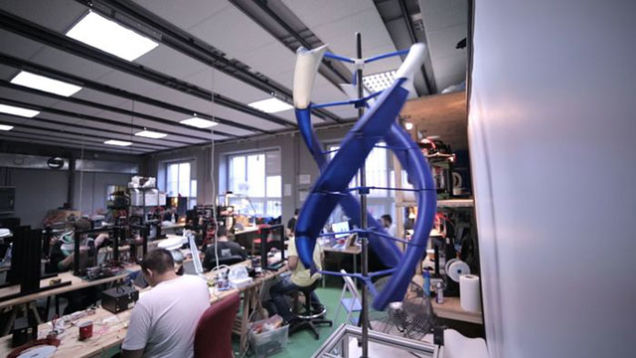
3D printers are a technology with tons of potential applications, we just have to dream them up. Polish 3D printer manufacturer Omni3D decided to dream big with its wind power project. The team hopes to create an easily portable wind turbine that can pump out up to 300 watts of energy. Not enough power to keep your home running, but more than enough to power laptops, smartphones, and other gadgets.
The project, called AirEnergy 3D (AE3D), could be discarded as another pie-in-the-sky alternative energy solution that will never come to pass. It’s definitely a hard sell to developed countries who subsist on more reliable and regretfully dirtier methods of energy. But AirEnergy 3D begins to make sense when you consider far-flung regions where electricity is scarce.
via Gizmodo





